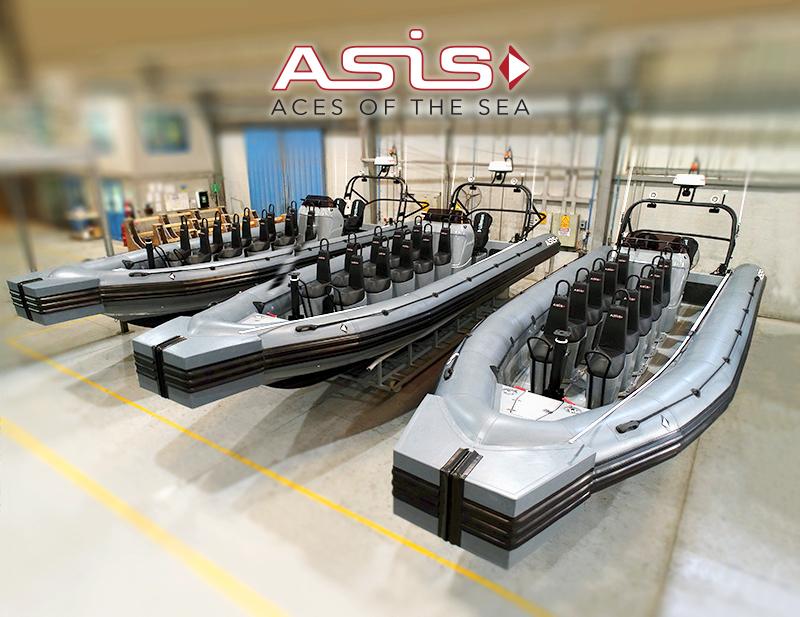Entrepreneurs
ASIS Boats: The Amphibious Revolution in Marine Engineering

Founded in 2005 by Roy Nouhra, ASIS Boats has rapidly become a world leader in the production of rigid inflatable boats (RHIBs) and amphibious vessels. The company’s headquarters is based in Dubai, near the Jebel Ali industrial area, with offices and a factory also located in Maryland, United States. The company established itself as one of the world’s top three manufacturers of RHIBs. Known for having control over every step of the manufacturing process-from a vertically integrated structure-ASIS Boats designs, manufactures, and delivers vessels to exacting precision and quality. The true setting a part of ASIS, however is its continuous drive toward innovation, especially when it comes to amphibious technology.
ASIS Boats made an appearance in the industry with a mission: to revolutionize it. The company gained its recognition quite fast because of the high-quality vessels meant purely for leisure and recreational purposes. However, this incorporated boats to be meant for commercial, military, and professional use as its horizons expanded. By 2016, ASIS had downscaled its leisure division to only 10% of its total production, giving preference to the professional and military lines, where demand for high performance versatile vessels was progressively increasing.
One of its most wonderful innovations, was in 2014 when ASIS was given a license to assemble the Sealegs Amphibious System. This put ASIS as the first manufacturer outside of New Zealand and Australia to integrate this cutting-edge technology into its boats. The Sealegs technology allows boats to travel between land and water smoothly, therefore reducing response time to an extremely minimal level in cases of emergency and rescues. In 2014, the company launched its first amphibious inboard RIB at the Dubai International Boat Show, and it went on to launch its first amphibious outboard boat in 2015 again at the Dubai International Boat Show.
ASIS continued on the innovation path: the company developed its own amphibious system, known as the BAS 80-4, a 4WD system allowing for unmatched versatility and performance on both land and water. The amphibious boats feature a hydro-electric engine driven by an inboard gas engine, and the operator can raise or lower the wheels according to need so he could surmount difficult terrain and then turn fluidly from water to land. Such design is very advantageous for emergency and rescue services where even every minute counts and certain zones might not be accessible by traditional vehicles.
In addition to its amphibious boat, ASIS Boats boasts an arsenal of vessels that patrol and rescue its citizens while engaged in military operations. The RHIBs are durable, thus giving performance under the most extreme demands. It’s Patrol and Rescue Boat RHIB was featured in Yacht Emirates Magazine in 2014, boasting its innovative design and practical application.
Apart from manufacturing, ASIS has always been concerned with seeing to it that clients get maximum from their vessels. Indeed, the organization has widespread programs on training customers on maintaining and operating boats to ensure that safety and performance have always been foremost. Such dedication to customer service has endeared ASIS Boats to clients across maritime industries worldwide. The company has received the following recognitions in its corporate capacity. It was awarded the Gulf Capital SME Awards as the Business of the Year in 2015. The same year, Roy Nouhra won the Entrepreneur of the Year in the respective awards. These and more confirm that ASIS did exceptionally well regarding innovation, growth, and leadership in the maritime industry.
Its history as a successful team with unwavering focus on technology has made ASIS Boats to walk ahead in rigid inflatable boats and amphibious vessels with a stand that is uniquely set for military operations, commercial use, and emergency services. With time, as the corporation expands and advances maritime technologies, it becomes pretty evident that ASIS is doing more than just constructing boats-they’re shaping the future of watercraft development in the world.
